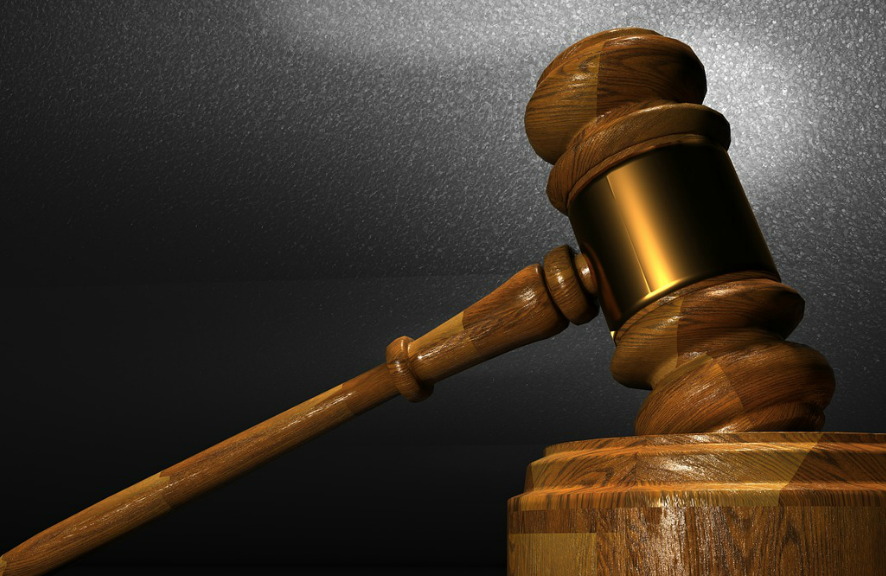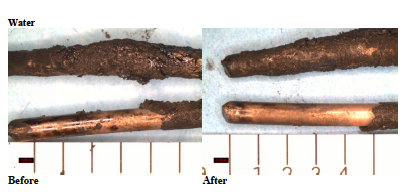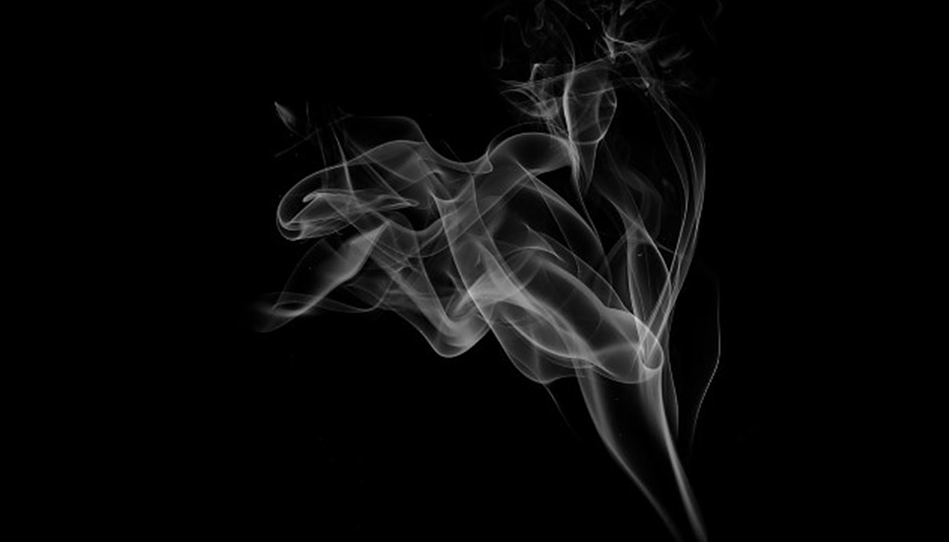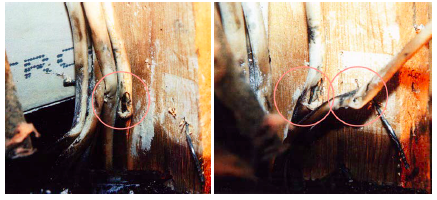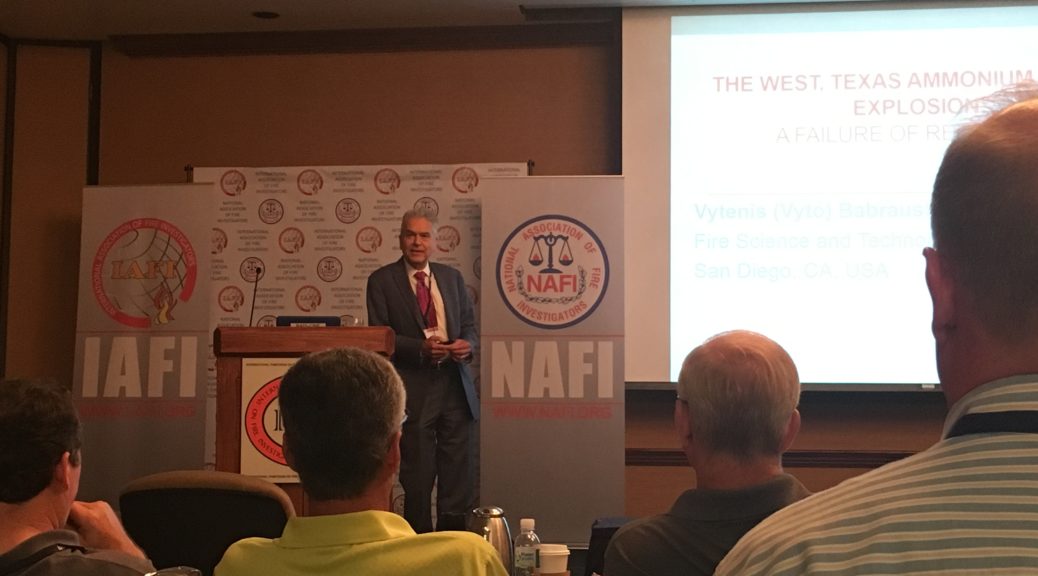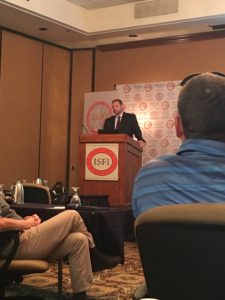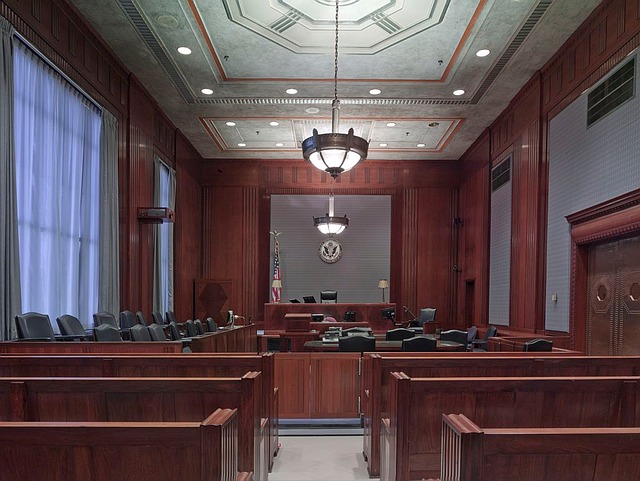ANATOMY OF A WRONGFUL ARSON CONVICTION: SENTINEL EVENT ANALYSIS IN FIRE INVESTIGATION
Paul Bieber, CFEI, B.S., M.L.S. The Arson Research Project
Presented at International Symposium on Fire Investigation, 2014
ABSTRACT
Anatomy of a Wrongful Arson Conviction will discuss the first comprehensive review of U.S. arson exonerations and the first application of sentinel-event and root-cause analysis to the field of fire investigation. Its purpose is to expose and explain the common factors that contribute to wrongful arson convictions.
Sentinel-event analysis has been embraced by several industries as an objective method of identifying and explaining the root causes of errors that have led to harmful outcomes. By reviewing dozens of arson cases, the Arson Research Project has documented the common errors at the heart of many fire investigations where accidental, natural or undetermined fires have been misidentified as arson.
This paper will also highlight the presence and impact of various forms of cognitive bias in each case study and emphasize the importance of objectivity and independence in the reliable application of the scientific method.
The 27 cases being reviewed include 19 exonerations, 7 cases where charges were dropped or a jury returned a not- guilty verdict, and one case that resulted in an execution. Together they represent over 200 years of combined incarceration and several life sentences. Even in the cases where the defendant was acquitted or the charges were dropped, the financial cost and emotional toll to the wrongfully accused were enormous. It is only through a clear examination and better understanding of these common errors that we may hope to avoid similar errors. This case- study review will attempt to shed some light on the problem in an ongoing effort to improve the practice of fire investigation and avoid future wrongful arson convictions.
Download the complete paper here.
